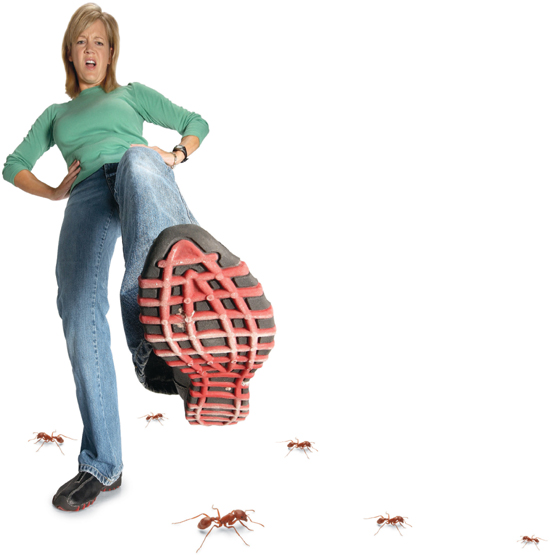
Insecticides keep getting better and better: easier to use, more effective and safer for your family. So you can handle most ant problems yourself, without the expense of an exterminator. But don’t hesitate to call in a pro for stubborn infestations. Some ants are more than a nuisance and can damage your home.


Take a close-up photo of an invader and e-mail it to your local university extension service (search online for your state’s name followed by “university extension service”). The extension service will tell you the type of ant you’re dealing with and where it nests. It may give you fact sheets about the ant species and maybe even some advice on getting rid of that particular ant species.
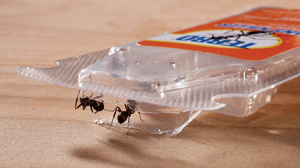
Place liquid ant bait stations in areas where you’ve seen ants, like under the sink and along walls, to make it as easy as possible for the ants to take the toxic bait back to the nest. Expect to see more ants (initially) when you set out the bait. That’s a good thing. It means more ants are taking the bait back to the colony where they’ll share it with the rest of the ants, including the queen.
After setting out the toxic bait, resist the temptation to step on ants. Remember that they’re working for you now—gathering the poison and taking it to the nest.
CAUTION! Ant poison is also toxic to pets and humans. No matter what product you use, read the instructions completely and follow them carefully.
Spot-treat ant hills or mounds with an outdoor insecticide. For large-scale ant problems, use a lawn and garden insect killer that contains bifenthrin as the active ingredient. First mow the grass, then spray the insecticide on the entire lawn in the early morning or late afternoon when the ants are most active.
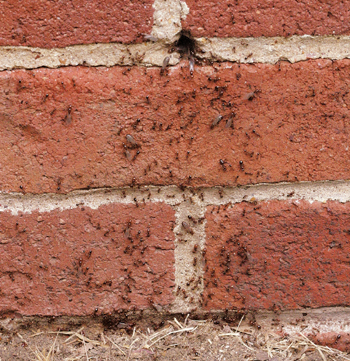
Look for holes in the siding where ants are crawling in and out. The holes are often located between bricks where mortar has fallen out, under lap siding or in cracks in stucco. Spray the area with insecticide.
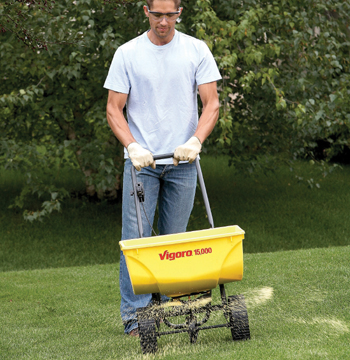
You need a special bait designed to kill fire ants (check the label). Apply the granules with a broadcast spreader. Fire ants carry the toxic bait back to their mounds where they share it with the colony.
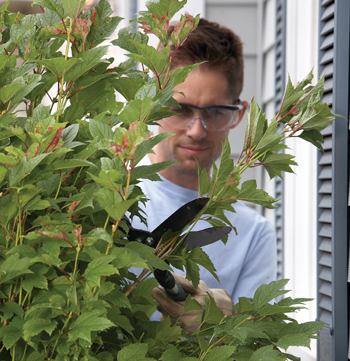
Trim back bushes, shrubs and trees that brush against your siding or roof. These provide a bridge for ants to reach your house. Keep a 3-in. to 6-in. clearance space between the soil around the foundation and the bottom row of siding to prevent ants from nesting in the siding, and avoid stacking firewood next to the house.
Ants leave a scented trail that other ants follow. Sweeping or mopping isn’t enough to eliminate the scent. Instead, mix 1 part vinegar with 3 parts water in a spray bottle, then spray wherever you’ve seen ants. By erasing the trail, you’ll stop outdoor ants from following the first invaders. But you won’t stop ants that have already nested indoors.
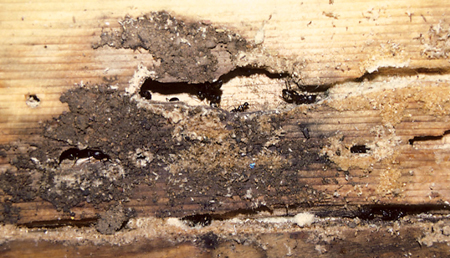
The solution to some ant problems (like carpenter ants) is getting rid of their nest. Look for damp areas such as framing or flooring that’s soft and spongy from a plumbing or roof leak. Look in attics, bathrooms and exterior walls. When you find the nest, spray it with an insecticide labeled for indoor use.
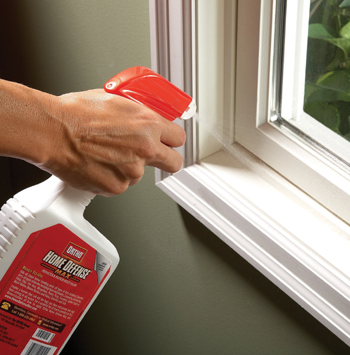
Spray an indoor insect killer in places where ants can enter, including windows and doors, holes in exterior walls and cracks in the foundation. Spray a 4-in.-wide band along entry points, just enough to wet the surface. Once dry, the spray leaves an invisible film that repels ants so they won’t enter the house.
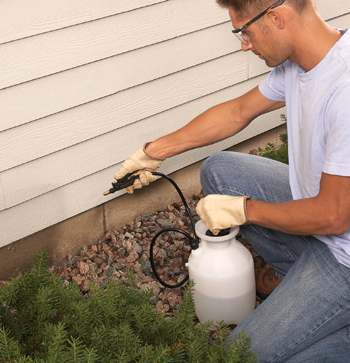
If you’re still getting ants in your house after spraying interior entry points, spray a 12-in.-wide band of insecticide on the foundation and siding. Use an outdoor insecticide that says “barrier treatment” on the label.